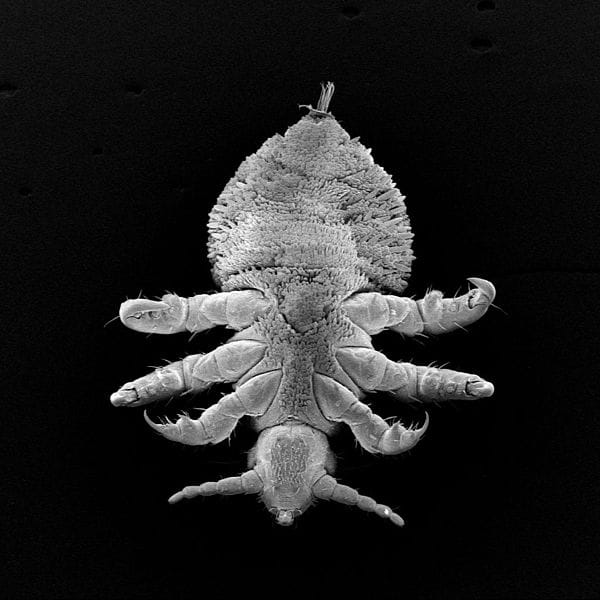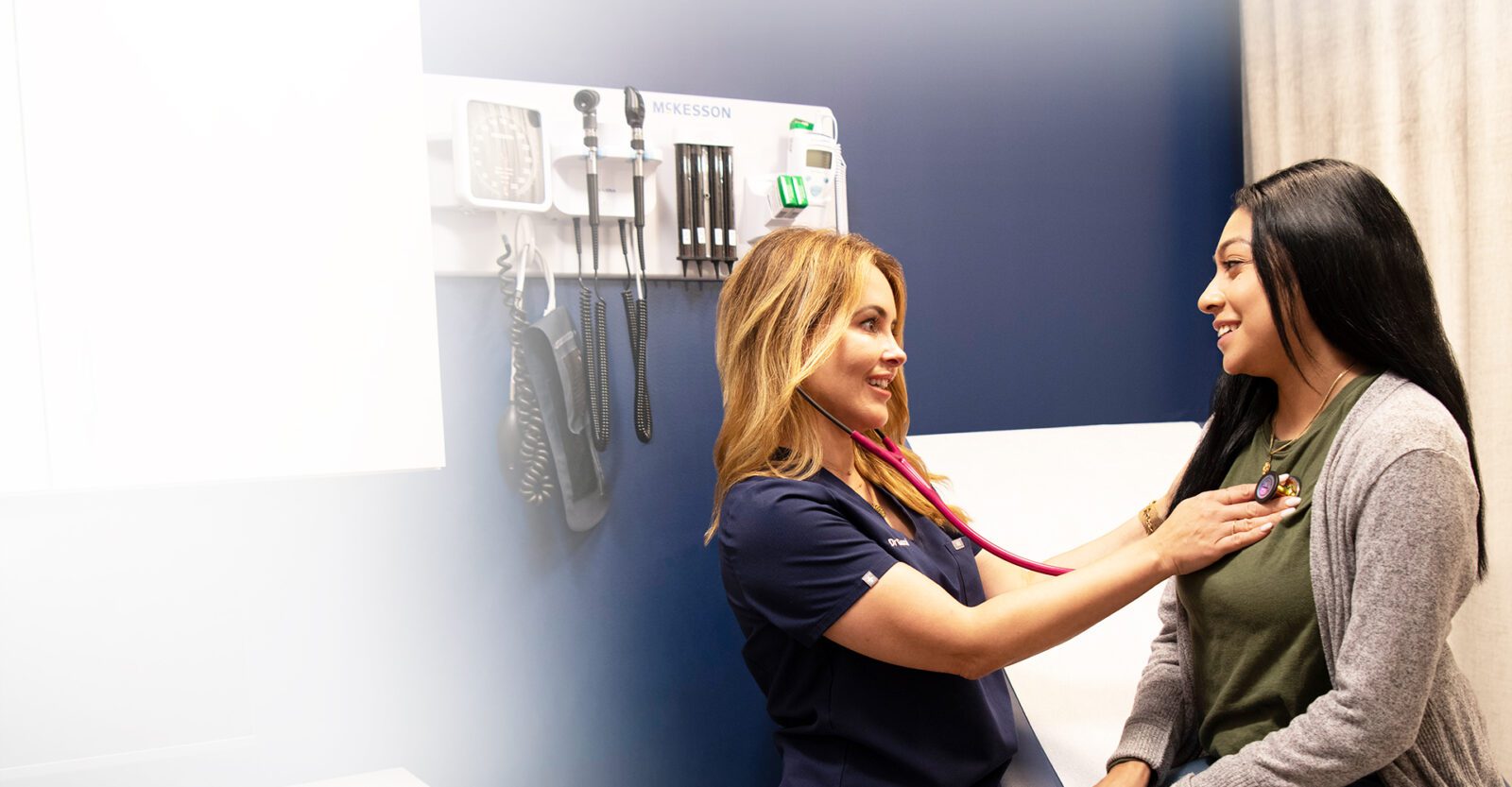How to get rid of lice

 The four most terrifying words in the English language: “Your child has lice.”
The four most terrifying words in the English language: “Your child has lice.”
That simple phrase turns normally sane people into raving lunatics, ones who vacuum stuffed animals until they are completely threadbare, burn blankets and pillows in backyard bonfires, and actually soak their children’s heads in vodka and olive oil.
More than one parent has suffered PTSD after a family case of lice, mumbling in her sleep weeks later about comb-outs and brandishing spray bottles of tea tree oil as children warily dodge her.
Lice spread like wildfire, are incredibly resilient, are way more common than one might think and are insanely difficult to cope with. But the one bright spot is that prompt, professional treatment will get them out of your hair—literally. Extremely persistent cases can benefit from medical intervention and reduce the time you spend considering moving out of your house to eradicate them.
What are lice and how do they affect people?
Lice are wingless, parasitic insects that feed on human blood, making people’s scalps the perfect place to pitch a tent and settle in for a visit. You’re probably saying “yuck!” about now and with good reason. They’re very common in group environments, particularly among young kids.
What are some signs of lice?
Even though lice are miniscule, it’s pretty easy to spot them if you’re quick and know what you’re looking for. You’re more likely to see the eggs, called nits, first. They’re brown, tan or yellow, appearing within a quarter-inch of the base of the hair shaft. Nymphs (newly hatched lice) and adult lice are either a grayish or tan color.
One of the most common symptoms is extreme itching, sometimes with a feeling of something crawling on your scalp. Depending on how allergic you are to these little pests, you might develop a rash. And it’s not uncommon to have multiple sore spots on your scalp from scratching. So attractive.
How easily do lice spread?
They spread from person to person by crawling, which means head-to-head contact—they don’t jump or fly. Sharing clothing, hats and hair accessories are perfect ways to spread the insects. These bugs feature long claws that help them cling to hair or clothing so kids who are in the habit of swapping belongings and personal items with each other make perfect targets for this little bug. One thing you can breathe a sigh of relief about, though, is that you can’t get lice from your dog or cat. Lice don’t discriminate, either. They love all types of hair, dirty or clean. And yes, adults get lice all the time.
How are lice treated?
Lotions, cream rinses and medicated shampoos are all possible treatments for lice. But the best treatment is combing, combing and combing some more. And then combing again. And one more time for good measure. While the treatments kill the live lice, the combing process removes the eggs so they can’t hatch and reinfect your head. In most cases, the itching will start to go away after a few days. There are also oral medications doctors can prescribe that work well for severe infestations. Depending on how bad your case is, you might need to do another treatment seven to 10 days after the initial one.
What to do if you have lice
First, pour yourself a stiff drink. Then take a deep breath, get out the vacuum and start on the 75 loads of laundry. Resist the urge to encase everything—including the child in question—in plastic bags. And book an appointment with Innovative Express Care to get help with your infestation. Getting treatment right away will keep you from going buggy over the itching.
Image Source: Wikipedia
